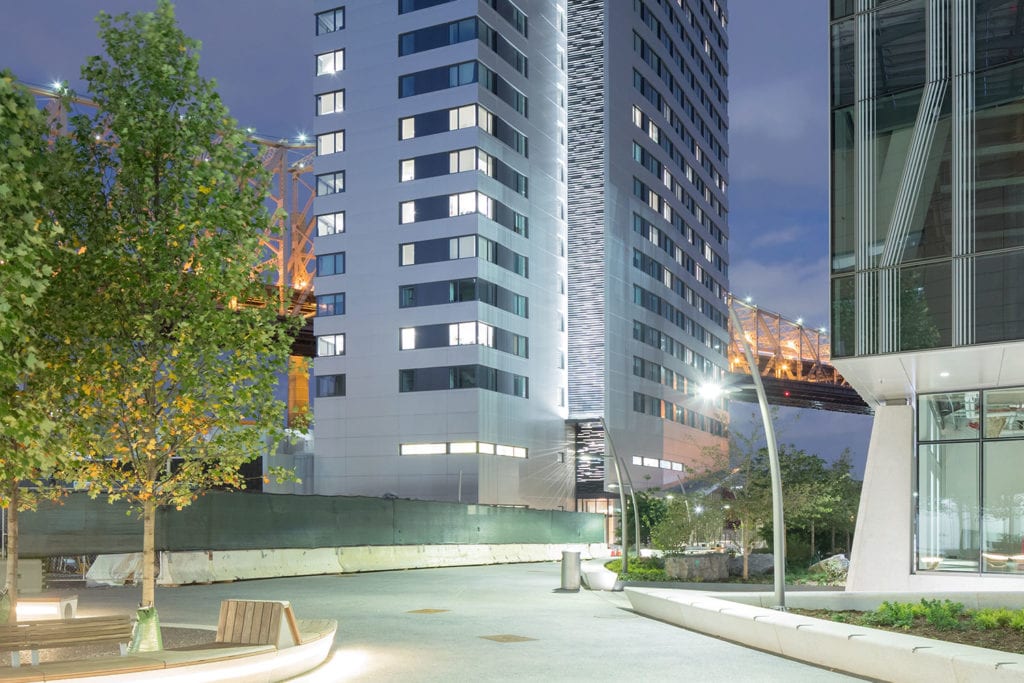Cornell Tech to be worlds first passive house residential high rise
Cornell Tech announced today that its 270 foot tall residential tower on Roosevelt Island in New York City will become the first high rise residential building in the world built to Passive House standards.
Buro Happold is thrilled to be providing multidisciplinary engineering services to achieve Passive House, a rigorous international building standard that results in dramatically reduced energy consumption and operational energy savings while providing superior comfort and indoor air quality. Cornell Tech, developed by a joint partnership between Hudson Companies, Related Companies and Cornell University demanded a precedent setting building with a focus on sustainability, energy performance and occupant comfort. The 26 story residential building on the northern edge of campus will include approximately 350 rental apartments for students and faculty, and is part of the campus’ urban island neighborhood of new buildings totaling more than 2 million feet² of space.
Designed by Handel Architects with structural engineering, MEP engineering and lighting design services by Buro Happold, the building is part of Cornell Tech’s wider commitment to innovative sustainability. A high performance facade integrated with interior environmental systems and floor layouts that take full advantage of the building’s unique orientation is a key factor in the design to reduce energy use and carbon emissions. The building envelope is a crucial aspect of passive design meaning the Cornell Tech residential high rise is made airtight in order to prevent air infiltration and to therefore reduce energy consumption for heating and cooling. Buro Happold worked closely with the owner, design team and the New York City Department of Buildings to provide systems that support the Passive House standard.
Construction of phase one of the campus, including the residential building, started with the demolition of the existing buildings and will be celebrated with a groundbreaking ceremony next week. The tower is expected to open as part of the campus’ first phase in 2017.
To read the New York Times exclusive on this project, click here

